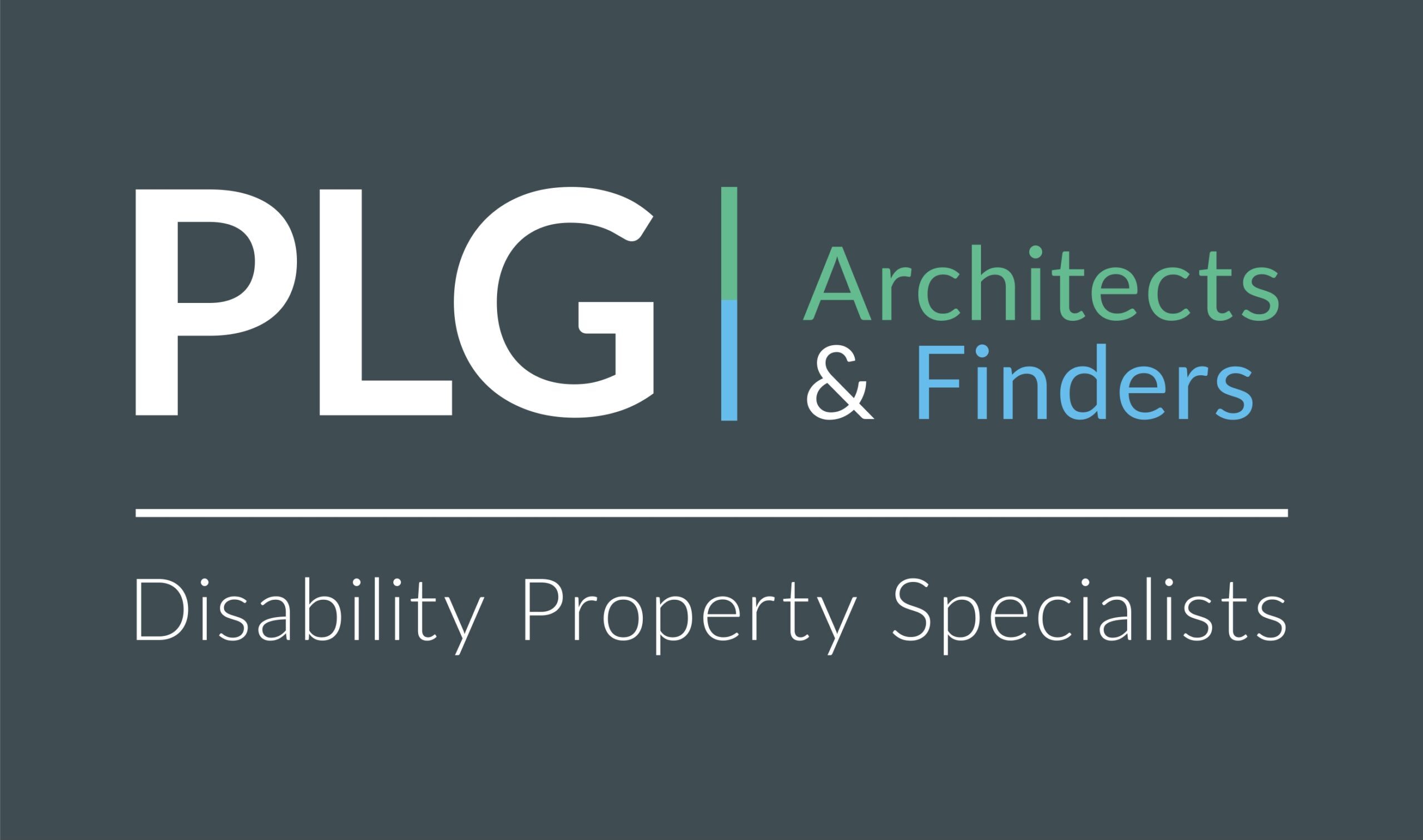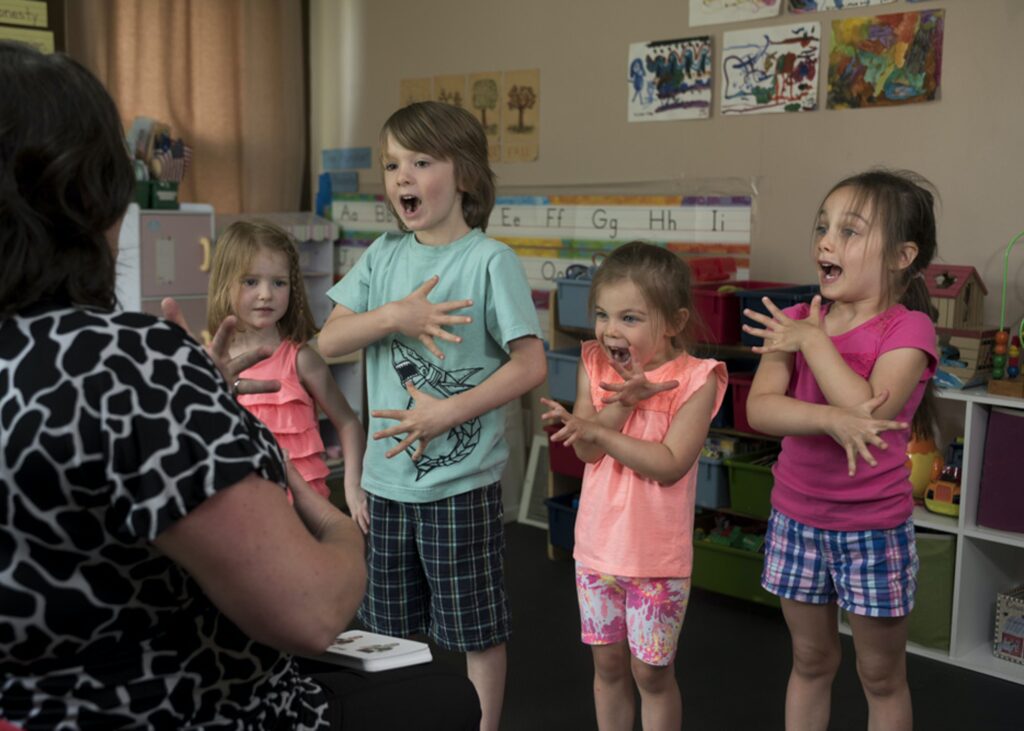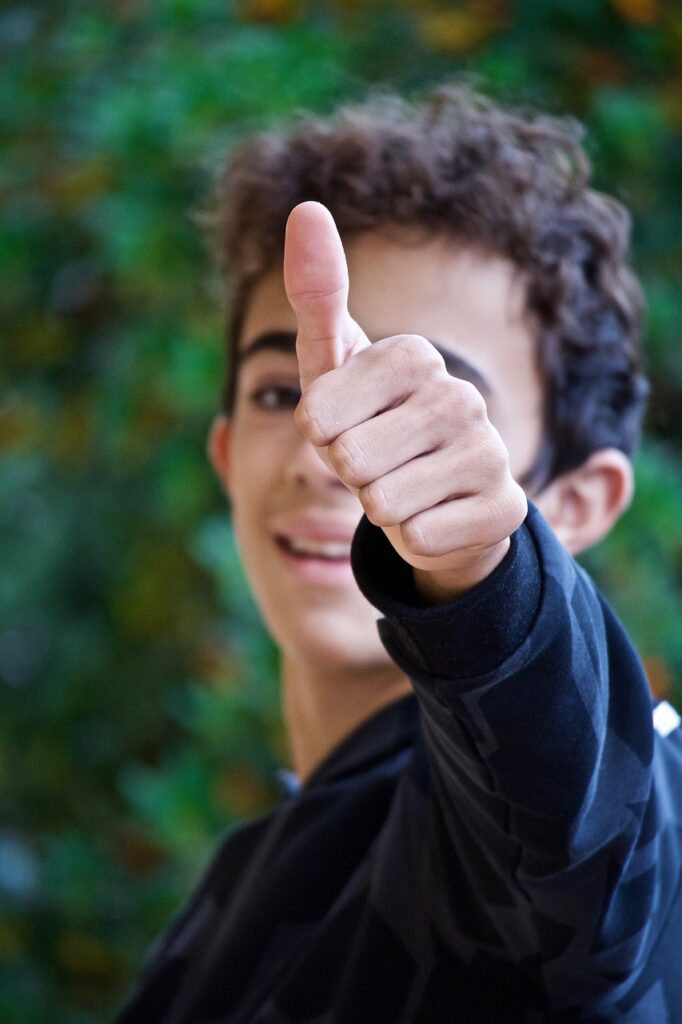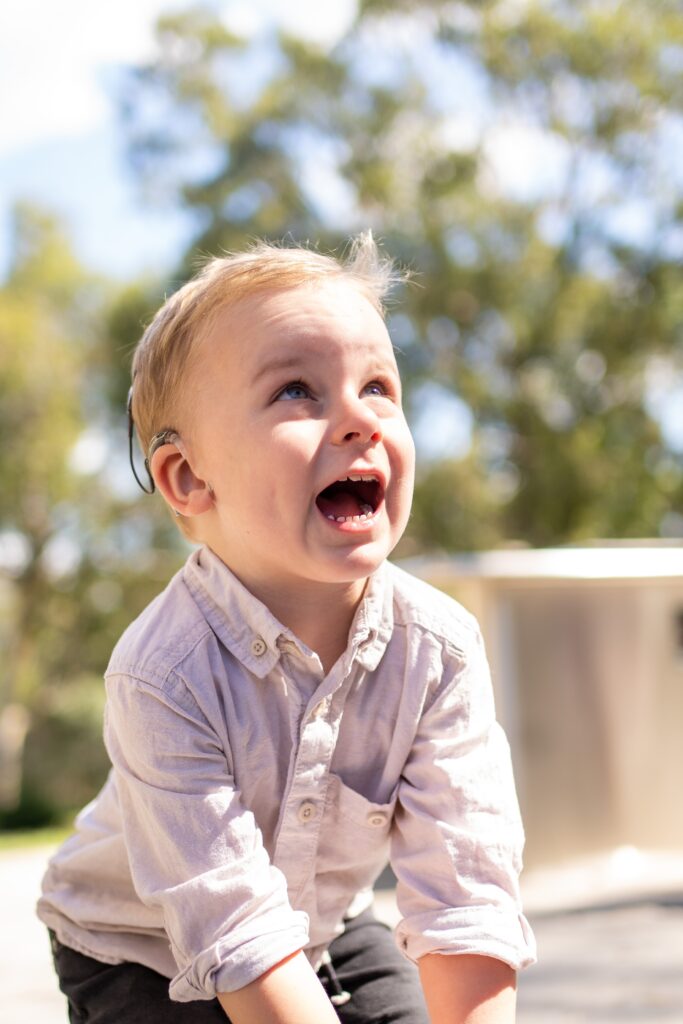Every year, the International Week of Deaf People and International Sign Language Day serve as poignant reminders of the importance of inclusivity and communication in the world.
This year, on International Sign Language Day, we speak to Debbie, wife of Director, Glenn Hotchin, and a Deaf Inclusion Worker at a mainstream primary school in Torbay, on how sign-language can have a profound impact on the lives of deaf and hard of hearing children.
Deaf Inclusion Worker
Debbie started in her role as a Deaf Inclusion Worker three years ago after Various other jobs working with vulnerable people.
In her role, Debbie supports a deaf child who has cochlear implants. Day to day, she utilises various communication techniques to bridge the gap between the hearing and the deaf worlds, enabling the child access mainstream education. She employs British Sign Language [BSL], which uses a combination of hand gestures, facial expression, and body language to communicate with the child. Prior to her role, Debbie first learnt some basic sign language for communication with her own children before completing Level 1 and Level 2 qualifications. She is now embarking on Level 3, which culminates in a series exams and presentations.
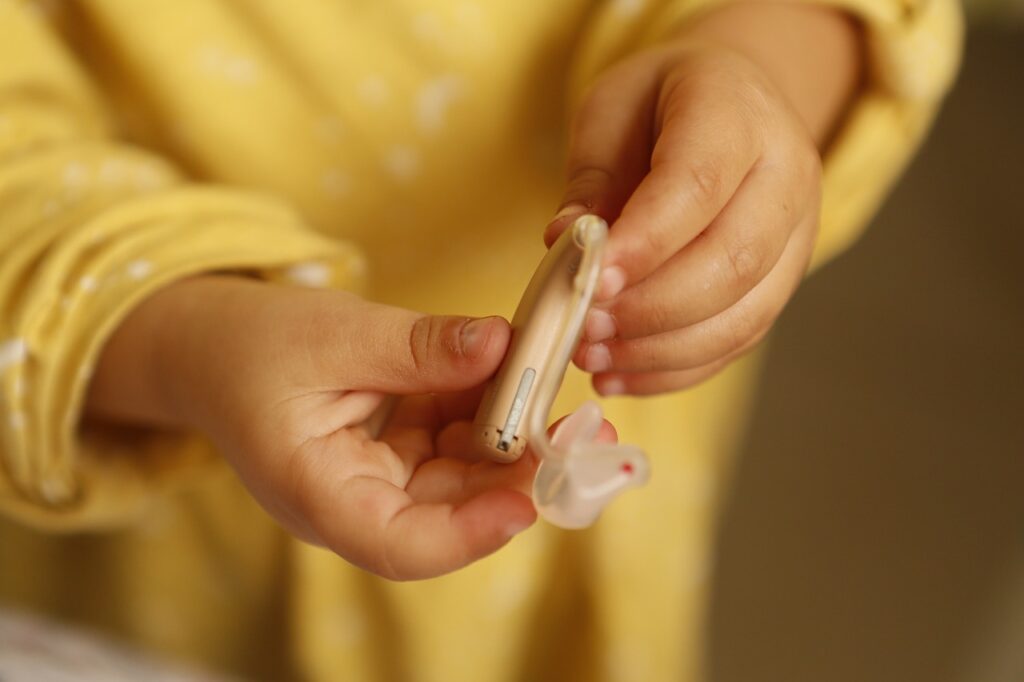 Communication is Key
Communication is Key
Alongside BSL, one of the key techniques Debbie employs is cued speech—a method that helps children who are deaf and hard of hearing understand spoken languages. It turns spoken language into a visual language using a system of 8 hand shapes in 4 positions near the mouth which clarifies the lip patterns of speech. Cued speech plays a pivotal role in enabling deaf and hard of hearing children to learn how to read and write, breaking down communication barriers that might otherwise hinder their educational progress.
In Debbie’s school, not only are the students learning BSL, but a number of the teachers have also attained Level 1 BSL certification. This inclusive environment encourages communication and understanding between all students, both hearing and deaf. The school also provides a ‘teacher of the deaf’ who acts as a vital link and support to school, deaf children, their parents and family offering support beyond the classroom.
Inclusivity
Friendships at school are a testament to the natural inclusivity of children, where hearing differences rarely pose as barriers. In Debbie’s school, children receive basic BSL lessons to support communication with their deaf peers, demonstrating how quickly young minds can adapt and learn.
Debbie is passionate about the importance of a “deaf identity” and the value of being in a school with other deaf children. This sense of identity and belonging can significantly impact a child’s self-esteem and educational success.
Assistive Technology
Technology continues to play a significant role in supporting the deaf community. Equipment, Apps and programmes designed for the deaf and hard of hearing have seen remarkable advancements, making education and communication more accessible. Cochlear implants can even be connected to smartphones, offering a seamless integration of technology into the lives of deaf individuals.
An inclusive world
Looking to the future, Debbie hopes for a society where British Sign Language becomes more widely recognised and taught in schools. Recent recognition of BSL as a GCSE qualification is a step in the right direction.
However, she believes that to truly create an inclusive world, BSL should be accessible to everyone, regardless of their financial means. For many deaf families, sign language courses must be self-funded which can create a financial barrier for many.
There also needs to be a cultural shift with more representation of deaf and disabled people in the media. “Rose Ayling-Ellis competing on Strictly Come Dancing and her documentary, ‘Rose Ayling-Ellis: Signs for Change are definitely a step in the right direction, providing a valuable insight into the world of a deaf person.”
Debbie also shares how simple acts of awareness, such as not covering your mouth when speaking and learning basic sign language phrases like “Good Morning” or “Thank you,” can go a long way in breaking down communication barriers and fostering inclusivity.
Debbie has a real passion for her role, “The job satisfaction I get from helping a child communicate with their peer group and excel in school is incredibly rewarding. I have a lovely relationship with the child I support and feel proud that I am helping her to achieve her full potential.”
Deaf Schools
Currently, there are 22 schools for deaf children in the UK, meaning many children have to travel outside of their catchment area to attend a school that meets their needs.
At PLG, when we are looking for properties for younger clients, we often factor in accessibility and closeness to an appropriate school, as many children and families require proximity to either their current school or one with a specialist support unit.
